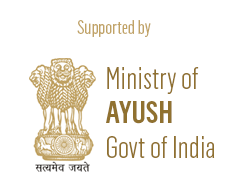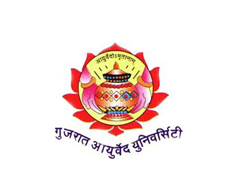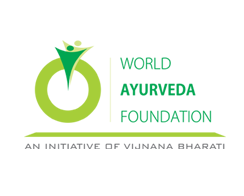

6th May 2019
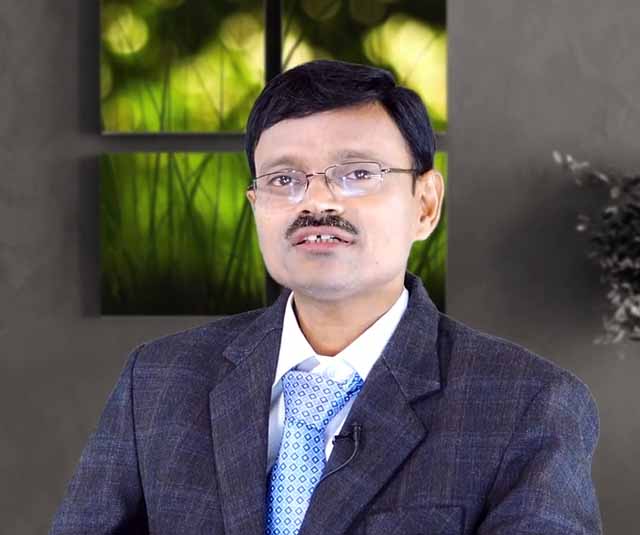
18th May 2019
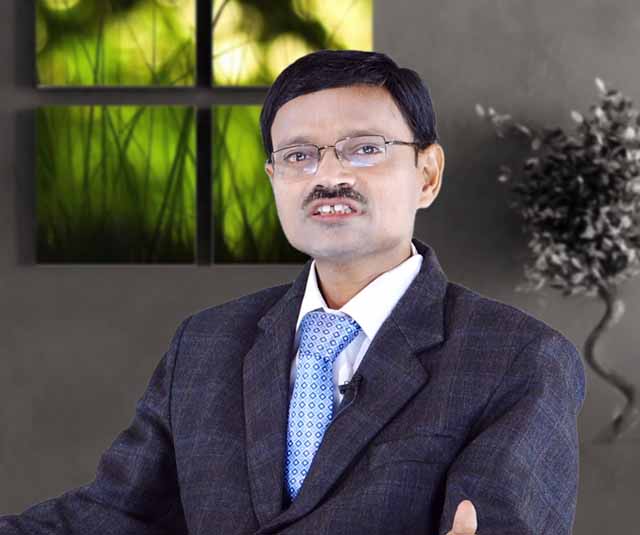
26th Jun 2019
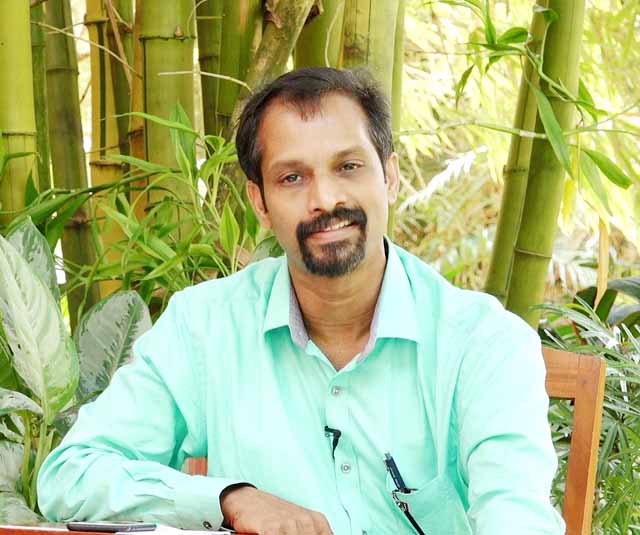
24th Apr 2019
26th Feb 2019
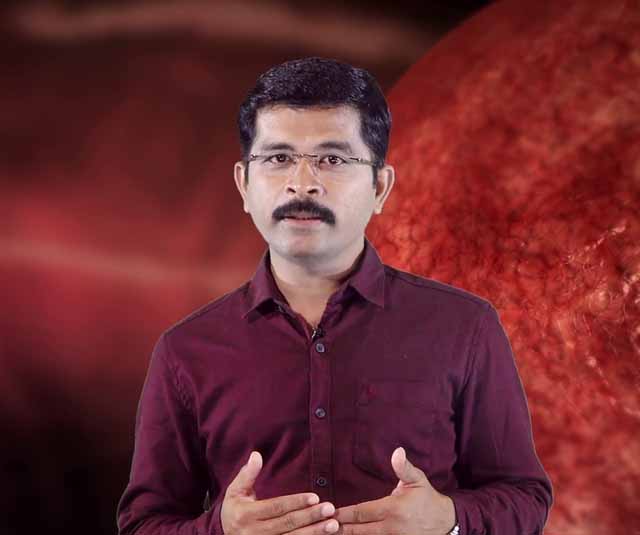
26th Feb 2019
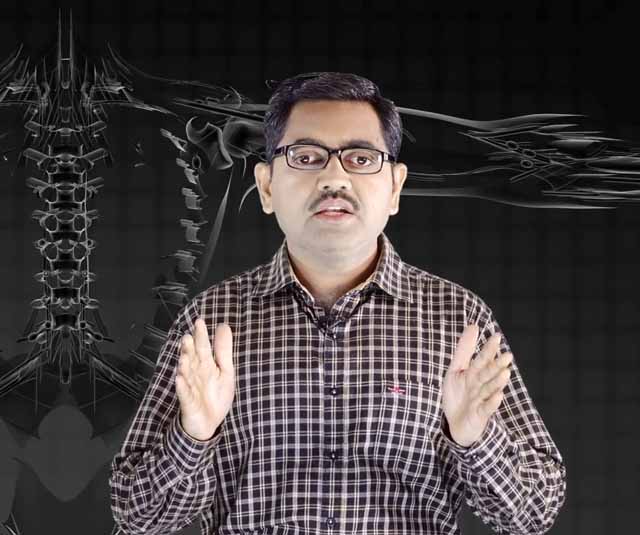
26th Feb 2019
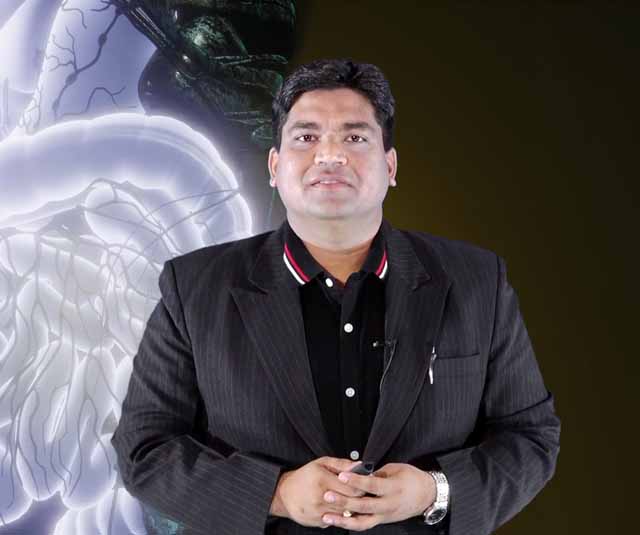
26th Feb 2019
Yukti And Upamana Pramana, The Examination Tools Of Logic And Analogy
By Dr Vaibhav Dadu
This is Video Description section
INTRODUCTION TO AAYU, AAYURVAEDA AND PADARTHA VIJNANAM
By Dr. Aparna Deshpande
This is Video Description section
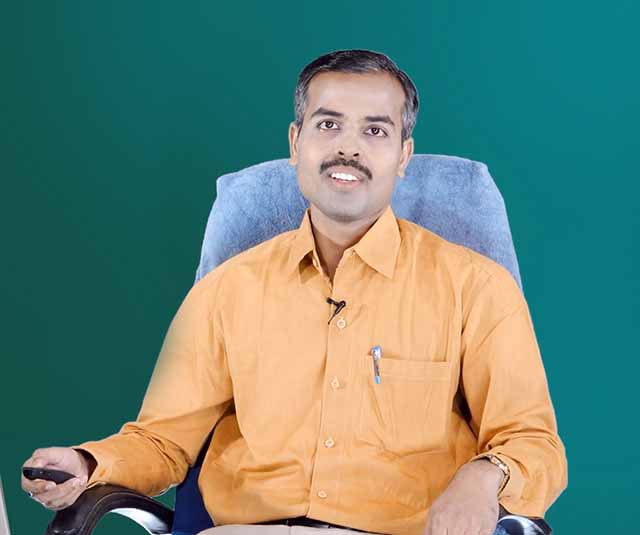
\"Tantra means any treatise or texts of ayurveda for us.Generally, in the field of ayurveda, 18 entities described by charaka under the heading of “shastra-pariksha”, are co...
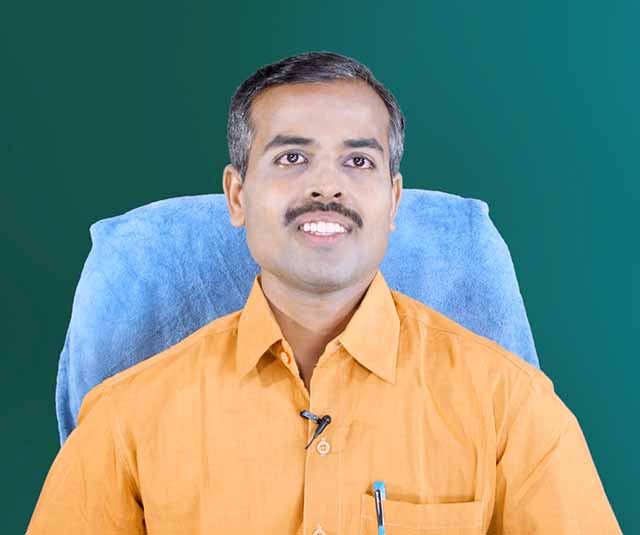
\"Tacchilyadi are the relations of words with their meanings or the methods to derive the exact meaning of the word. It denotes intension of tantrakara behind usage of words.17 ...
 Part B.jpg)
kaala is the measure of change or transformation. Everything that changes is a dravya, so kaala is also a dravyas. The word Kaala is derived from the root verb ‘Kal’, it m...
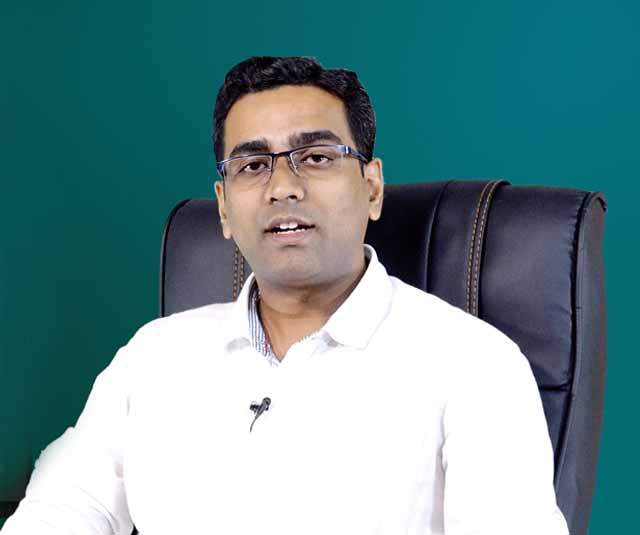
The process of creation is initiated by six factors, such as Svabhava, Eeshwara, Kaaala, Yadrucchaa, Niyati and Parinama. In the state of Avyakta, which is the equilibrium of Sa...
Dik or disha indicates relative location of different things. Generally the direction is stated based on geographical planes of earth. Basic verb root dish, means to point out, ...

The word Aatma indicates, that factor which gives life, omnipresent real existance. Most of the concepts of ayurveda are developed based on the knowledge of aatma. This includes...
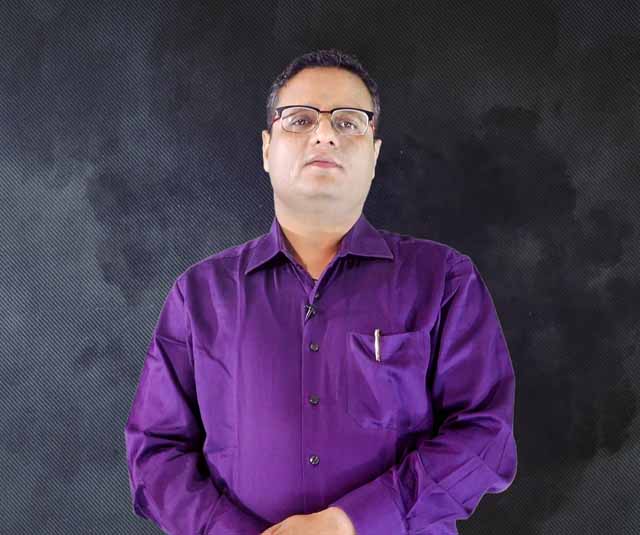
There can be multiple causes for any effect. To know thoroughly about them we should understand their importance in the production of karya. Based on the role in producing kar...
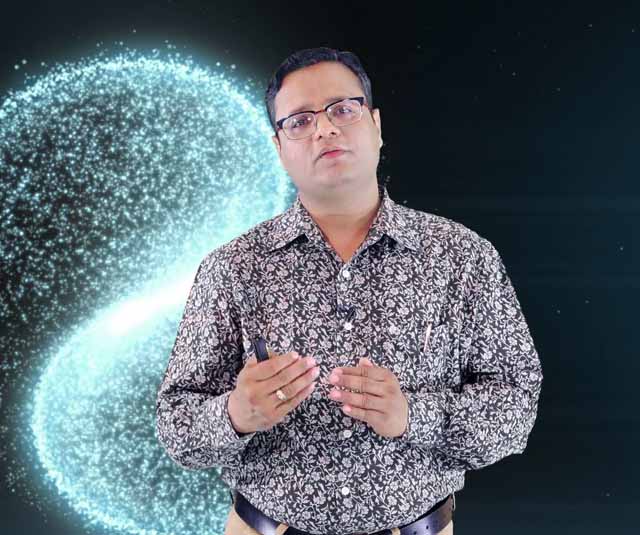
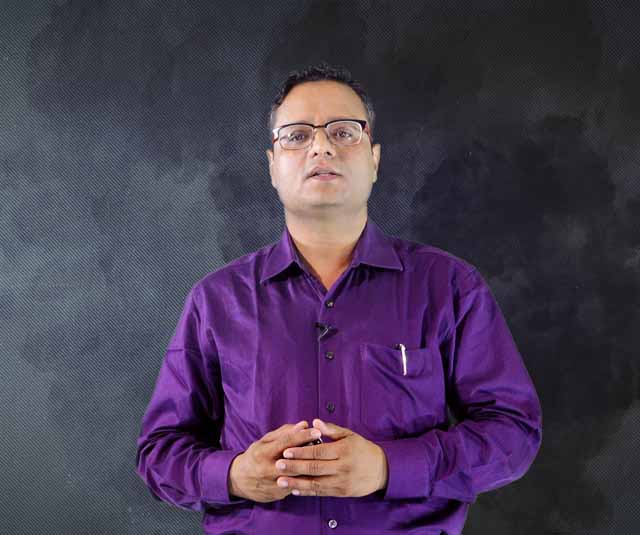
When there are multiple contradicting observations, only a scholarly person can evaluate them and reach a proper finding. Such a method of obtaining knowledge is termed yukti. I...
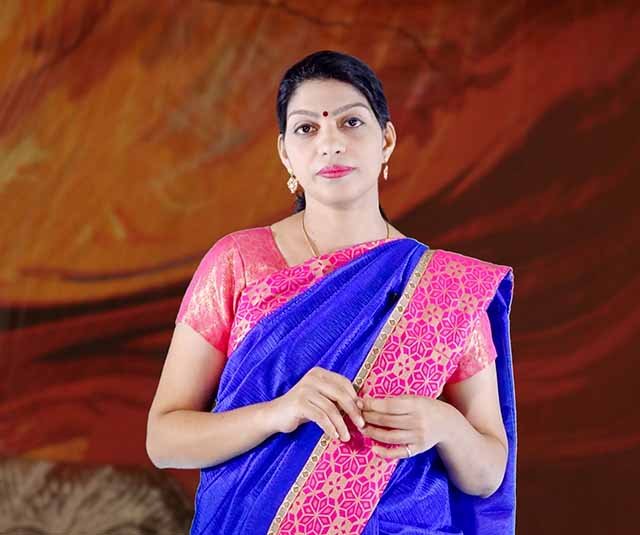
In ayurvedic classics, tantra yukti is explained as an annexure, we get the enumeration in main text, but details can be availed only from commentaries.In charaka samhita- 36 ar...
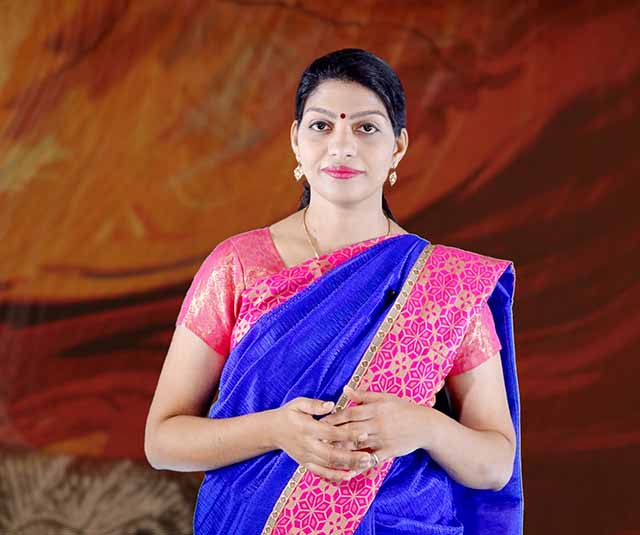
\"That which helps in protecting our body is our sastra, proper understanding and cognitive techniques to connect them properly for practical utility is tantra yukti. This inclu...
Shat padarthas deals with six facets of material existance, by which they are percieved and utilised. This includes Dravya, guna, karma, samanya visesha and samavaya.
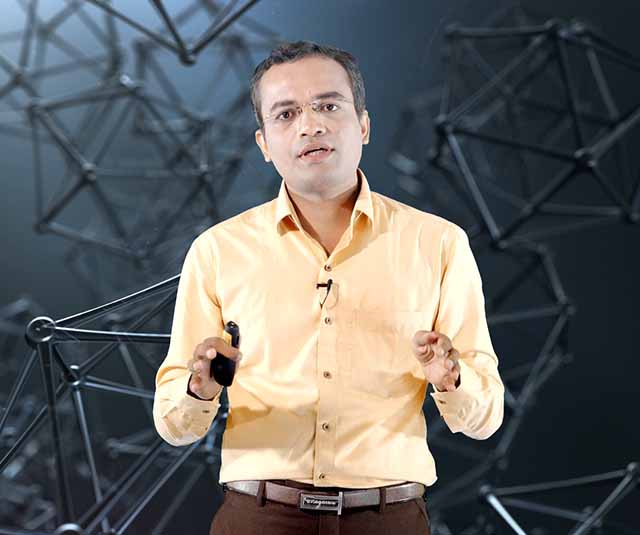
Dravya Shabda is derived from dru Dhaatu and „Yat‟ Pratyaya is added to it. There are three meanings for Gati (1) Gnaana (2) Gamana (3) Praapti. Through which the Parinaama ...
Pramanas are toolsof gaining knowledge. the best and most reliable pramana is pratyaksha or direct perception, but it has many limitations. so Ayurveda accepts three more praman...
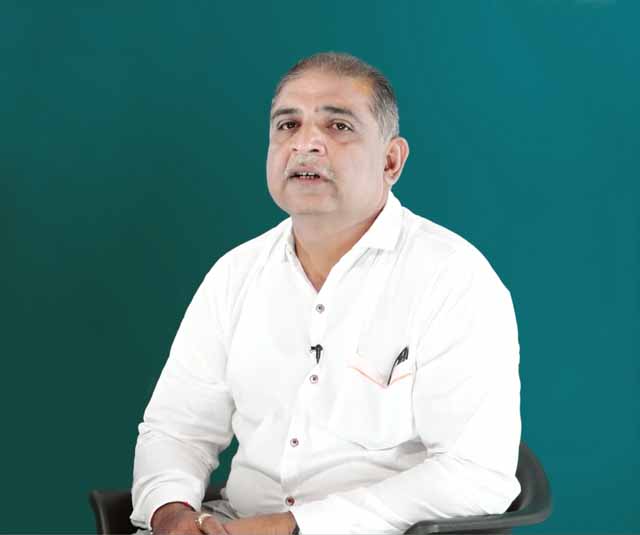
Words from a aapta purusha is termed as aptopadesha. aapta is such a person, who is always dedicated to the wellness of whole world, without any selfish motive. he should also&n...
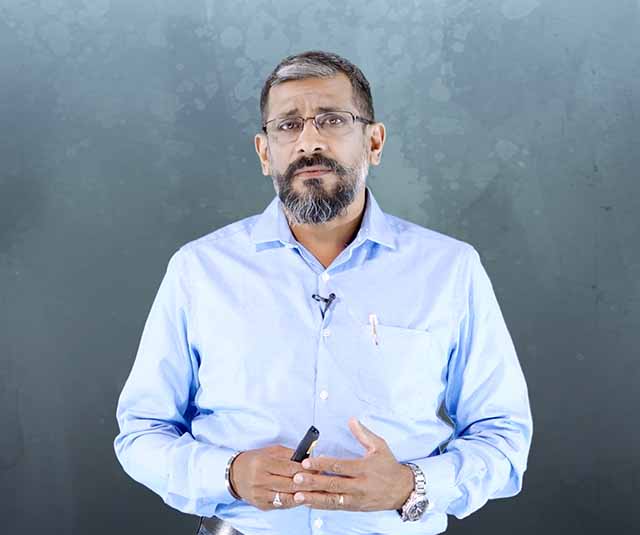
Pancha maha bhootas are five basic elements of material existance. We percieve the world through five senses, in five ways and find five elements, combinations of which fo...
The story of creation remains in dark. Still the Ayurvedic acharyas have tried to explain the process of creation. In the world, We can percieve pancamahabhoota, and 11 in...

Darshanas are different view points about the journey of life. depending on the acceptance of punarjanma siddhanta and veda, they are divided in to astika and nastika. Nastika d...
\"Ayur Veda means Veda of Ayuṣhya or science of life. Charaka says that, says that ayu is conjunction of body, sense organs, sattva, [psych] atman [soul] that is t...
Karya karana siddhanta is a Universal law/principle/theory, which connects everything in the universe with cause and effect relationship. Every effect has its own specific cause...
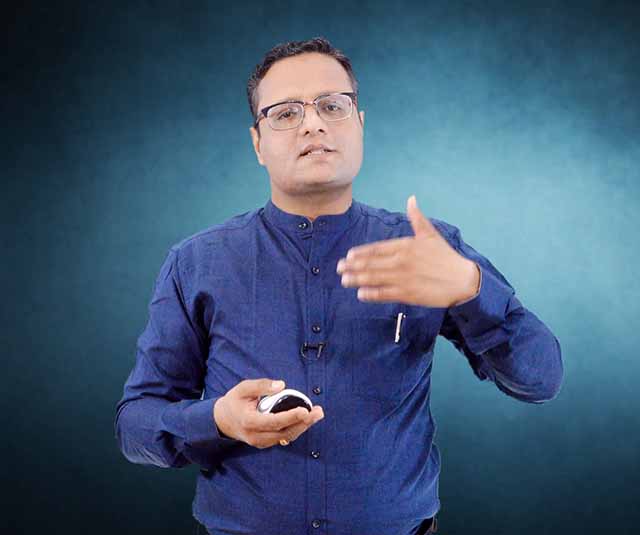
The word pratyaksha indicates, that which is observed directly throgh eyes. Here, eyes are representing all sense organs. This is most reliable among all pramanas, and all...
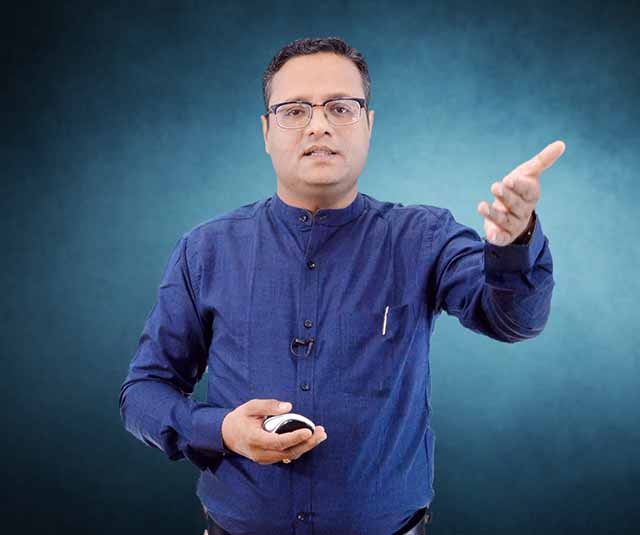
Direct perception is most reliable source of knowledge. But, we need to depend on other pramanas for knowledge, because of it\'s limitations. there are eight limitations for pra...
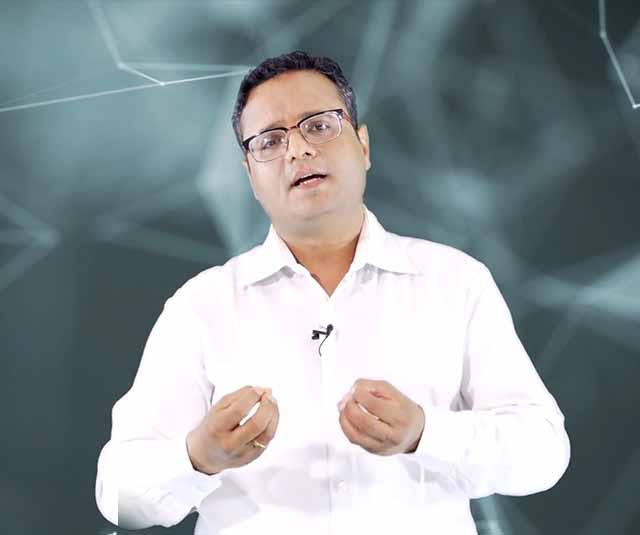
Ayurveda eventhough presents a independant way of living, is related with different darshanas. it is rooted in sankhya and yoga darshana, deeply influenced by some concepts of n...
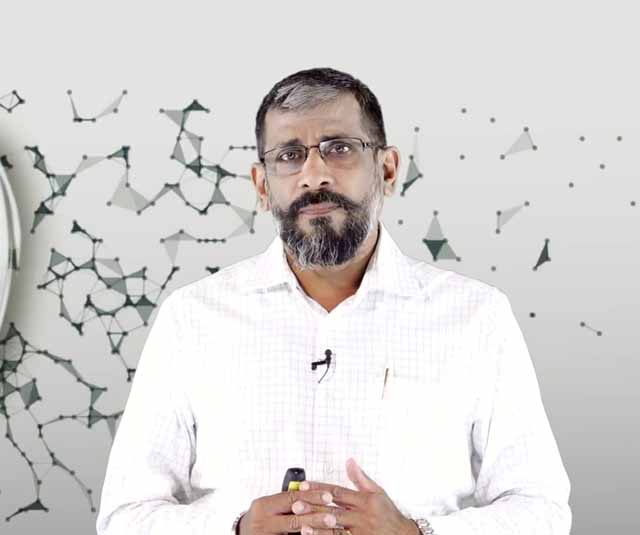
anumana is method of gaining inferencial knowledge, based on keen observation and logical thinking. It is the ancient research methodology explained through this topic. To ch...
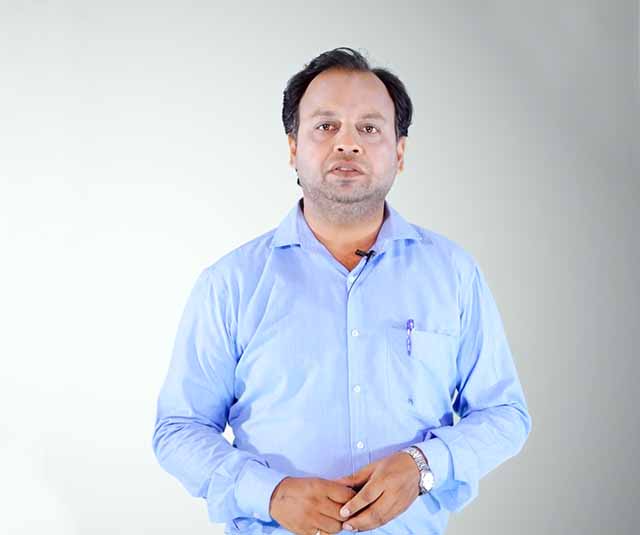
By increasing the decreased substance or decreasing the in substance in order to bring the substance in balance state in the body is the basic aim of Ayurvedic treatment. Samany...
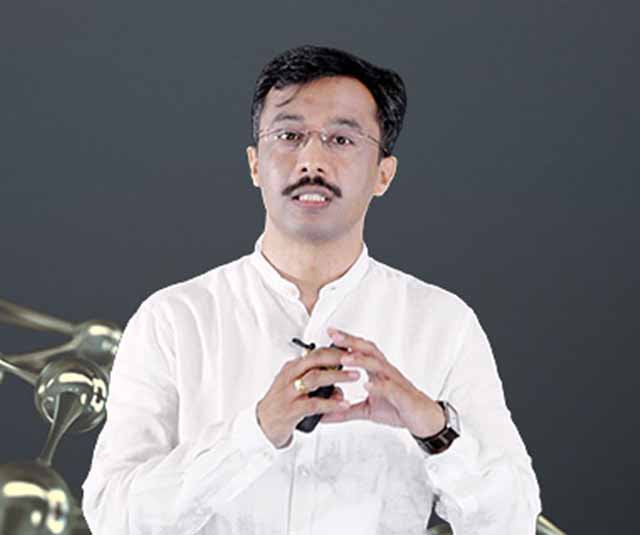
Paradi gunas are ten qualities that can not be grouped under any other classifications of guna. They are highly useful in treatment. Paratva, aparatva, yukti, sankhya, samyoga, ...
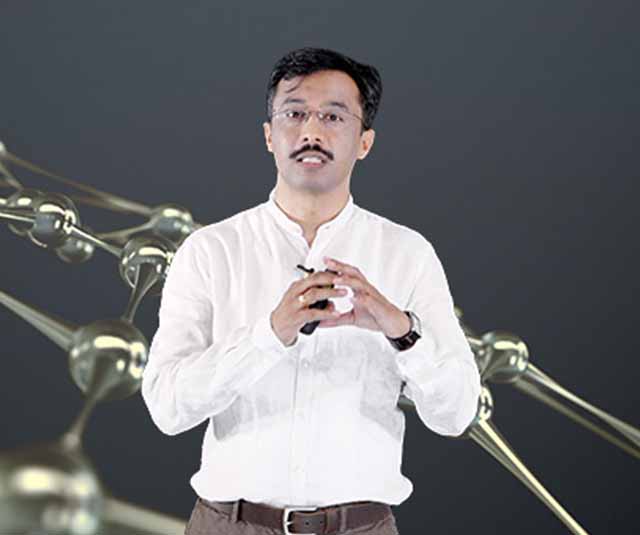
Advising a particular diet or drug to a patient is based on the qualities of that drug. These drugs possess different qualities. 20 attributes/ qualities are always taken into c...
The wor darshana indicates different view points or attitudes about life and its goal. It is a part of ancient schools of knowledge in India. When the study of Veda became ritua...
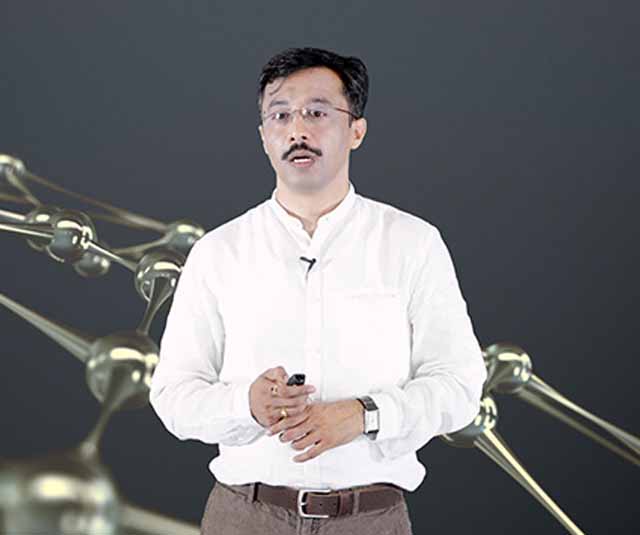
Each and every substance is endowed with certain properties. Separate existence of properties is not possible. Various Dravya s are used for preventive, promotive and curative p...
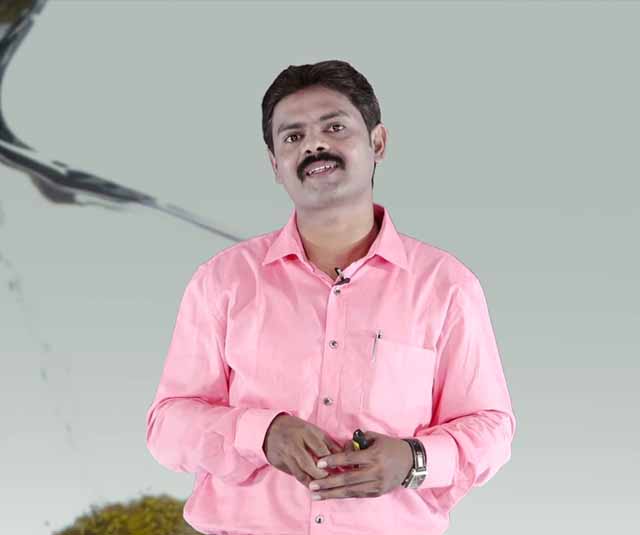
kaala is one among nine kaarana dravyas, as it represents change. In health care, kaala plays most important role. Development of body, metabolism, agni, dhatuvruddhi, bala e...
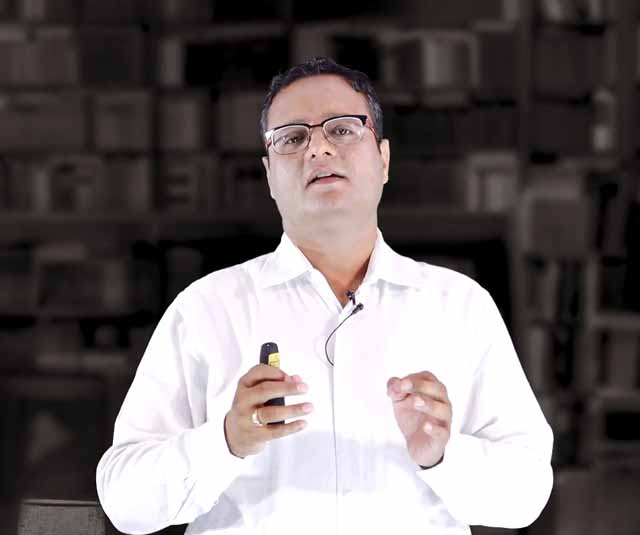
Everything in the universe is connected to each other by cause and effect relationship. For every effect there are specific causes. It can be observed that, the main cause is ...
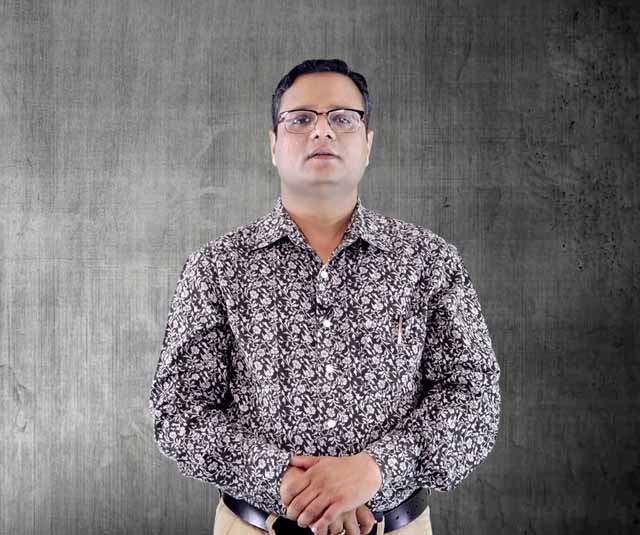
Karma is one among six padarthas. It is the ability to execute action. It includes the desire to do action, the effort, and practical way of execution. Every karma is independ...
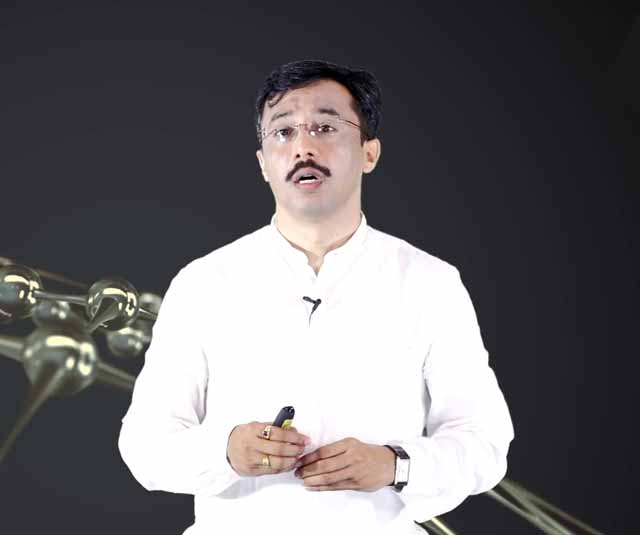
Guna resides in Dravya. It has variety of characteristics, so can not be assessed by a single parameter. Concept of Guna is accepted by Ayurveda from Darshana but with slight...
